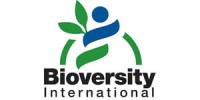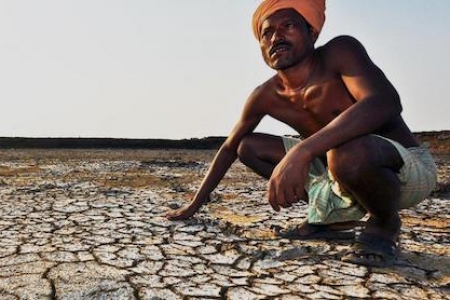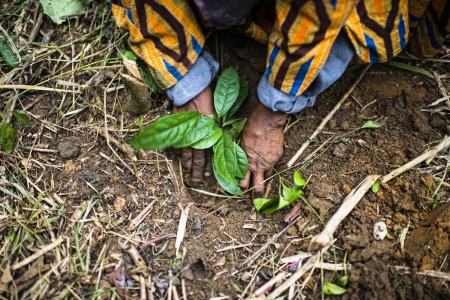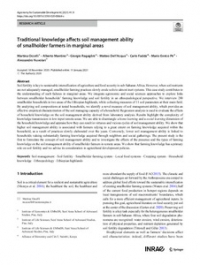Water scarcity and salinization are major problems of agricultural ecosystem degradation and development in Uzbekistan. While reforestation has often been used as a means of landscape restoration, its economic contribution to livelihoods is limited. Fruit tree orchards (almond, apple, apricot and pistachio) in contrast can provide many of the same benefits of reforestation, while providing an economically important crop for cultivation that complements restoration objectives. Considering the growing severity of this issue over the last decades, this project aims to conduct primary research on how orchards can be used to target ecosystem service restoration at landscape scales in water scarce and saline vulnerable environments. Within these sites, the project aims to understand how diversified orchards in these degradation hotspots contribute to ecosystem services based rehabilitation focusing on soil fertility, carbon storage, and soil water retention. It also investigates how inter- and intraspecific diversity of orchard species contribute to pollination and pest and disease regulation at the field scale. We map critical regions in the country’s agricultural landscapes where orchard development, as an alternative to other land uses, can be promoted as an intervention that both provide important restoration and livelihood impacts. We hypothesize that fruit tree diversity can be targeted and managed to promote long-term stability of agricultural production systems in water-scarce environments of Uzbekistan. While much research focuses on the role of biodiversity and ecosystem services in natural landscapes, much less research has been performed in cultivated systems, which, because of their importance for human health, finance, and food security, show an important potential. Our approach will be scaled up to move away from the current practice of promoting simplification of agricultural production systems that focus on mono-cropping of uniform varieties, to agroecological intensification alternatives that include a broad range of methods that better use agricultural biodiversity to enhance ecosystem services. The project will enhance integrated natural resource management practices by including and scaling up the use of the intra-specific diversity among cultivars maintained by farmers. The project seeks to mainstream such diversification in Uzbekistan by working in partnership with the national farmers’ association to develop a toolkit of best practices and procedures that enhance ecosystem services through the management of fruit tree diversity, and include these practices and procedures as part of the agricultural extension package for water-scarce farming communities. Other approaches in the project include Farmer Field Schools and Diversity Fairs which have the added benefit of providing forums for farmers to exchange ideas about the targeting, use and management of orchards for restoration, accompanied by the selection and conservation of crop genetic diversity to complement field scale services. The project asks whether and how integrated field and landscape restoration efforts contribute to the landscape scale in situ conservation of genetic diversity in this critical center of origin of fruit tree species. The approach also offers training opportunities that create new partnerships amongst farmers, researchers and extension services. A participatory market chain analysis will be used to identify obstacles to obtaining greater value for traditional fruit tree varieties, to map out relationships amongst market actors and bottlenecks in flows of crop genetic resources, and to provide insight into how prices behave in seed, seedling and product markets. The analysis will be used to quantify how fruit tree varieties obtain market value as they move from producers to consumers. As a result of the movement of goods through the value chain, a series of transaction costs arise. These will be classified into information, negotiation, and monitoring or enforcement costs and used to help identify how to equitably link market actors (producers, processors, traders, consumers). One of our deliverables for 2015 is the economic valuation of the ecosystem services provided by orchards. The infrastructure, institutions, policies, and customary practices that influence the broader market and the institutions and policies shaping the enabling environment will also be mapped. This will be followed by participatory market chain stakeholder consultations/meetings, which combine interests of producers, traders, retailers, exporters, cultivation experts, NGOs, government ministry representatives, and others. The project will also build farmers' capacity in management, use and exchange of market information regarding planting material of local diversity of fruit crops. Innovative methods to create and market local fruit tree products which contain their varietal diversity will also be developed and applied as, for example, the creation of a sets of diverse varieties of specific fruit trees to be sold as a package. The involvement of a selected group of international organizations, with expertise in key areas of agrobiodiversity maintenance and use, and in the issues of sustainable production, will ensure that Uzbekistan has direct access to some of the best developed procedures, protocols and methodologies currently available. For example, Bioversity International brings to the project its unique expertise on genetic resources conservation and on policy issues in agro-biodiversity gained over decades. IWMI has globally recognized expertise on water management in rain-fed and irrigated agriculture. Other international partners (FAO) bring unrivalled knowledge on e.g. ecosystem service provision and pollinator effectiveness in agro-ecosystems. The involvement of international partners also provides a cost effective way in which the project can bring benefits to the global community and to other countries exploring the demands to improve the livelihoods of rural communities and maintain diversity.
menu











